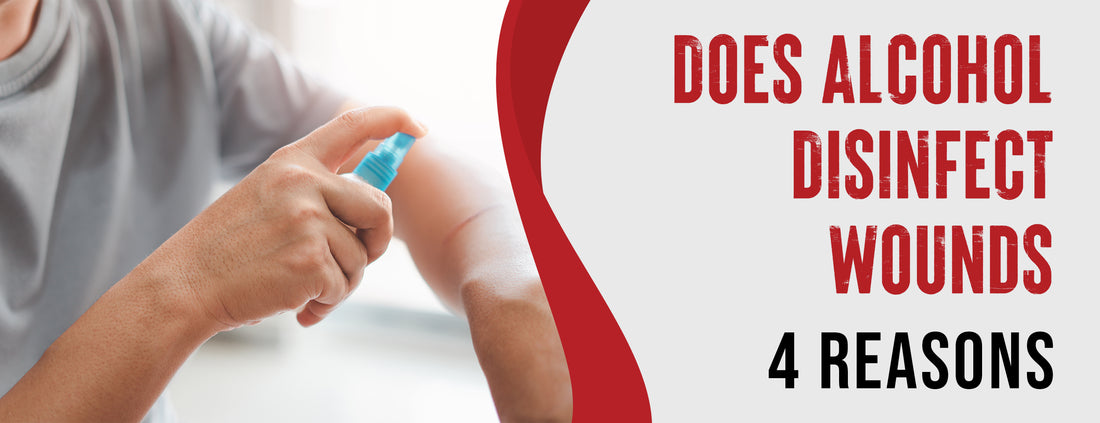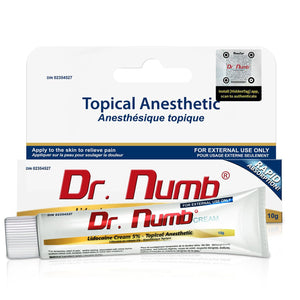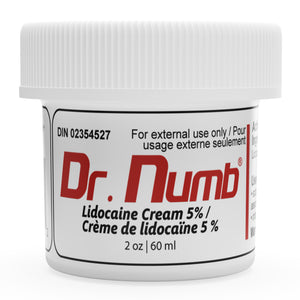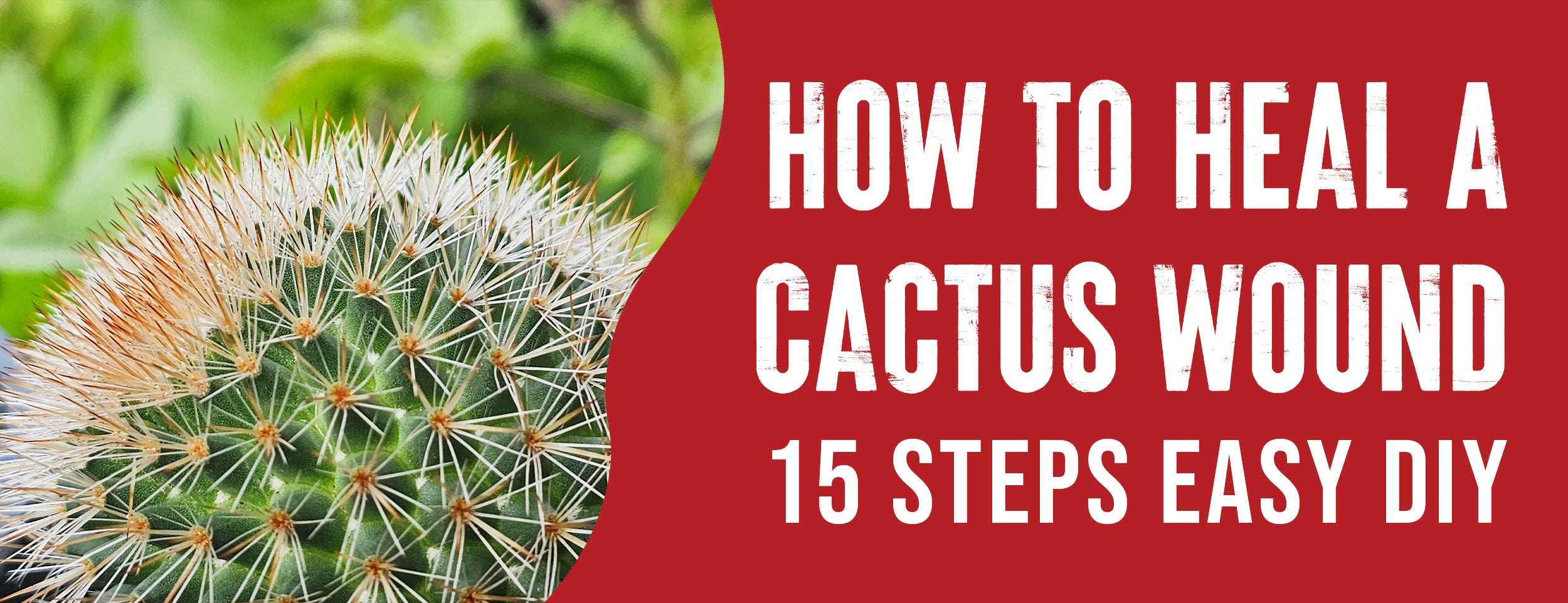Alcohol disinfectant has been a preferred choice for medical practitioners to clean and prepare wounds, be it on an injured or operated area, for generations. It has proven highly effective in eliminating bacteria and viruses from the wound, preventing further infection, and promoting faster healing.
Alcohol-based disinfectants contain chemicals that dissolve the cellular membranes of bacteria, causing their death, thus, preventing the wound from worsening. Moreover, alcohol is a fast-acting antiseptic that can clean wounds within seconds.
Medical experts recommend using alcohol to disinfect wounds despite its strong odor and stinging sensation because it is safe and highly effective.
This blog post explores the benefits of alcohol for wound disinfection, as evidenced by facts, research findings, and medical insights.
Does Alcohol Disinfect Wounds: 4 Reasons

A wound's effectiveness in disinfection depends on its concentration and contact duration with alcohol. At least 60% concentration is required to kill bacteria, but prolonged exposure can damage surrounding tissues and delay wound healing.
Chemical Properties of Alcohol
Alcohol's main chemical properties make it effective at disinfecting wounds because it breaks down bacteria's external membranes. Its chemical structure allows it to destroy cell membranes and denature proteins in microorganisms.
This is because alcohol is a solvent that can dissolve or break down substances such as oils and fats. The high volatility of alcohol also helps dry out bacteria and prevent their growth.
Alcohol has a low surface tension, allowing it to easily spread and penetrate small crevices where bacteria may hide. Alcohol has bactericidal properties due to its ability to denature bacteria proteins, causing them to lose shape and function. These properties make alcohol an effective option for disinfecting wounds and preventing the spread of infection.

Mechanism of Action of Alcohol on Bacteria
Alcohol has a mechanism of action that is effective against bacteria in disinfecting wounds. A wound treated with alcohol denatures the proteins of bacteria, causing the cell membrane and proteins to break down.
As a result, the bacteria can no longer function properly and ultimately die. Alcohol is also effective at dissolving the lipids in the cell wall, further degrading the structural integrity of the bacteria.
Most bacteria, fungi, and viruses cannot survive in 70% isopropyl alcohol, widely used disinfectant. This process is particularly effective against gram-positive bacteria with a thin cell wall.
Alcohol is ineffective against spores, which have a durable outer layer that protects the organism from harm. Alcohol is a fast-acting and effective disinfectant against bacteria in wound care.
Comparison of Alcohol To Other Antiseptics

The most common way to disinfect wounds is with alcohol, a highly effective antiseptic. Alcohol kills bacteria and viruses better than other antiseptics like iodine or hydrogen peroxide. It may not be as effective against certain pathogens like spores or viruses with lipid envelopes.
The antimicrobial properties of alcohol are due to its ability to disrupt microorganisms' cellular structures. Antiseptic alcohol causes fewer skin irritations and allergies. Therefore, alcohol remains a popular choice for wound disinfection in medical settings. Using alcohol on open wounds can delay healing and further damage tissues.
Spectrum of Activity:
Alcohol is a potent disinfectant that can quickly and effectively eliminate various microorganisms. Its antimicrobial spectrum encompasses vegetative bacteria, including mycobacteria, viruses, and fungi. With its broad-spectrum activity, alcohol is an effective disinfectant for wounds carrying various microorganisms.
The effectiveness of alcohol against viruses is noteworthy, as many other disinfectants are relatively ineffective. Alcohol is ineffective against spores, making it unsuitable for certain settings. Infection prevention and control efforts benefit from alcohol's rapid, effective action against various microbial targets.
Factors Affecting Alcohol Disinfecting Wounds
Factors affecting alcohol disinfection of wounds include alcohol concentration, contact time, and organic matter. Alcohol can disinfect wounds by denaturing proteins in bacteria. The use of alcohol in wound care must be controlled and conducted in conjunction with other wound care measures.
Type of Wound
Different types of wounds can affect the effectiveness of alcohol disinfectants. The type of wound greatly affects whether or not alcohol disinfects it effectively. For example, alcohol may disinfect minor surface wounds such as cuts, scrapes, and scratches. Open wounds with exposed tissues should not be disinfected with alcohol as it can harm the surrounding healthy tissues.
Deep wounds such as lacerations and puncture wounds are also not recommended for alcohol disinfection. The degree of contamination is also important, as more contaminated wounds might need more cleaning and treatment.
Alcohol disinfectants can irritate sensitive body parts, like the face and genitals. To use alcohol as a disinfectant, you must first understand the wound type and its characteristics.
Level of Contamination

Several factors influence the level of contamination of alcohol-disinfecting wounds. The type and concentration of the alcohol used will greatly affect its efficacy. The most effective concentration is 70%, but a higher or lower concentration can reduce its effectiveness. Blood or dirt can also hinder alcohol's disinfecting power.
Alcohol can be more effective as a disinfectant if the wound is severe and the type of contamination is high. Alcohol duration and treatment technique can also influence treatment success. For wound disinfection, alcohol should be considered based on these factors.
Duration of Exposure
Rubbish alcohol is effective against wounds only for a short time after exposure. It has been found that a minimum of 10 seconds is required for the alcohol to start killing germs. The longer the wound is exposed to rubbing alcohol, the greater the efficacy in disinfecting the wound.
Also, the size and location of the wound, as well as the amount of bacteria present, impact how long rubbing alcohol takes to kill germs. For successful wound disinfection, follow the recommended guidelines for applying rubbing alcohol.

Concentration Level of Alcohol
When disinfecting wounds, the concentration level of alcohol plays a crucial role in its effectiveness. Higher concentrations of alcohol, such as 90% isopropyl alcohol, kill germs more effectively than lower concentrations, such as 70%. Higher concentrations of alcohol can also be more irritating to the skin and may lead to dryness and discomfort.
Proper application techniques and appropriate alcohol concentration levels are essential for effective and safe wound disinfection. Alcohol should not be used on open wounds since it can damage healing and cause further infection.
Preventive Measures In Using Alcohol Disinfect Wounds
Alcohol should be used only on intact skin, avoiding delicate areas and avoiding excessive use to avoid dryness and irritation. The use of alcohol can kill bacteria and reduce infections, but it should not be viewed as the sole means of wound care.
Consideration of Tissue Damage:

When disinfecting wounds with alcohol, consider the potential tissue damage. As alcohol is harsh on the skin, it delays healing and causes further discomfort. It is best to use a gentle cleaning method, such as soap and water, to avoid unnecessary tissue damage.
Proper wound care and hygiene practices can prevent the need for harsh cleaning agents altogether. Patients can experience faster healing and reduced scarring by prioritizing tissue health in wound care.
Avoiding Prolonged Exposure To Alcohol:
To ensure proper wound healing and minimize the risk of infection, it is crucial to avoid prolonged alcohol exposure. Alcohol disrupts wound healing by dehydrating and damaging the cells responsible for healing. White blood cells, which fight infections, can be impaired.
Use alcohol-based disinfectants sparingly and according to the instructions to avoid potential harm. In case of doubts or concerns, consult a healthcare professional. To avoid prolonged exposure, soak a cloth or cotton pad in alcohol for no more than 30 seconds.
Use Of Alcohol In Conjunction With Other Wound Treatment Options:
- Alcohol should not be used with wound treatment options such as hydrogen peroxide or iodine.
- Using alcohol with these treatments can lead to delayed healing and tissue damage.
- Warm water and mild soap for five minutes is the best way to clean the wound.
- If alcohol is used as a disinfectant, it should be used alone and in moderation.
- Overall, caution should be exercised when using alcohol as a wound disinfectant to avoid any potential harm to the injured tissue.
Conclusion:
Using alcohol to disinfect wounds can kill bacteria from minor cuts and scrapes. Alcohol can cause skin irritation and damage surrounding tissue when used on the skin.
Alcohol may not be appropriate for all types of wounds. As always, if you have concerns about a wound or are unsure how to properly care for it, seek medical attention to ensure proper treatment.








![7 Tips To Disinfect Stab Wounds [5 Complications]](http://drnumb.ca/cdn/shop/articles/How_To_Disinfect_Stab_Wound__7_DIY_Steps_5_Complications.jpg?v=1715140726)


